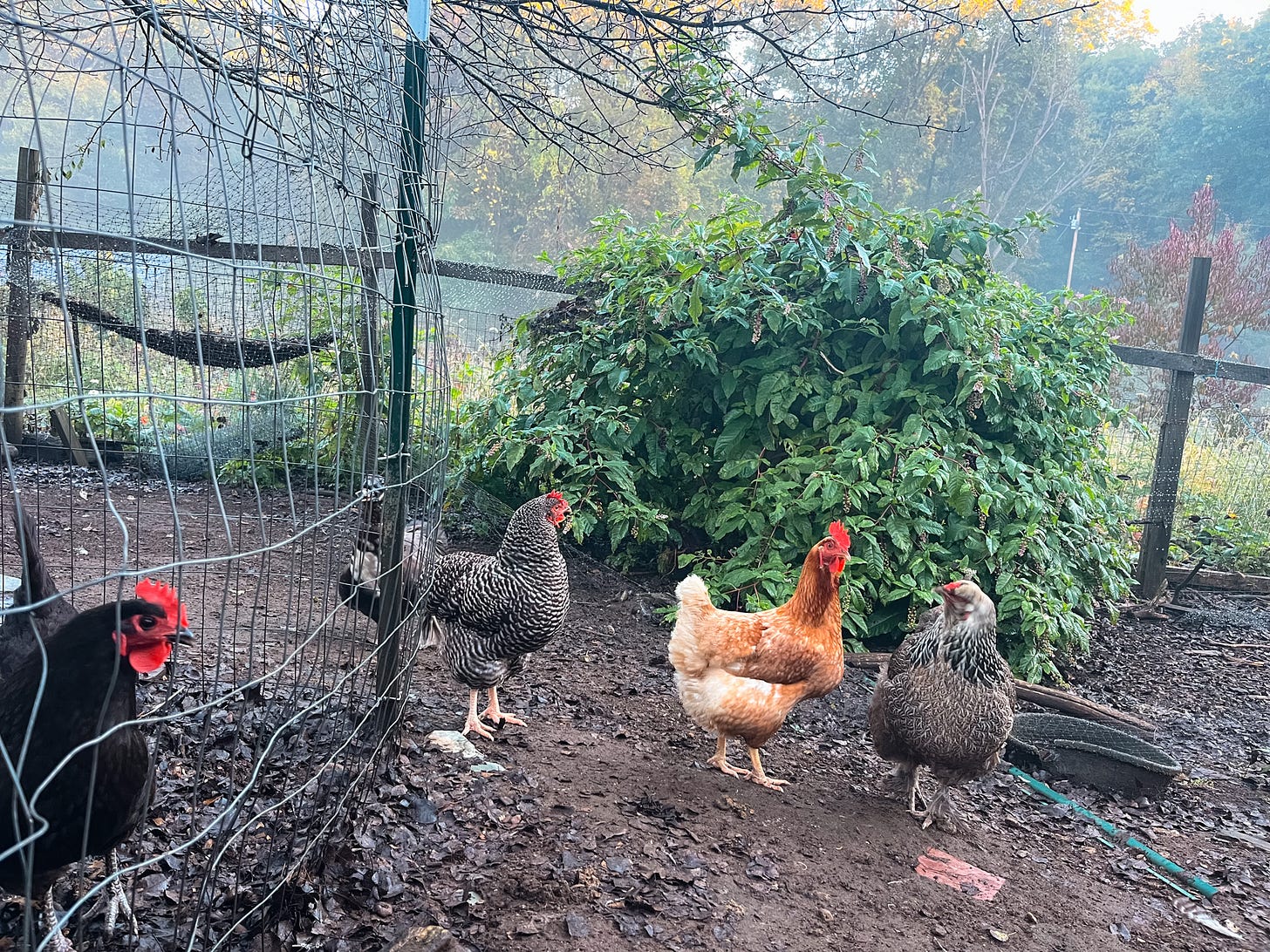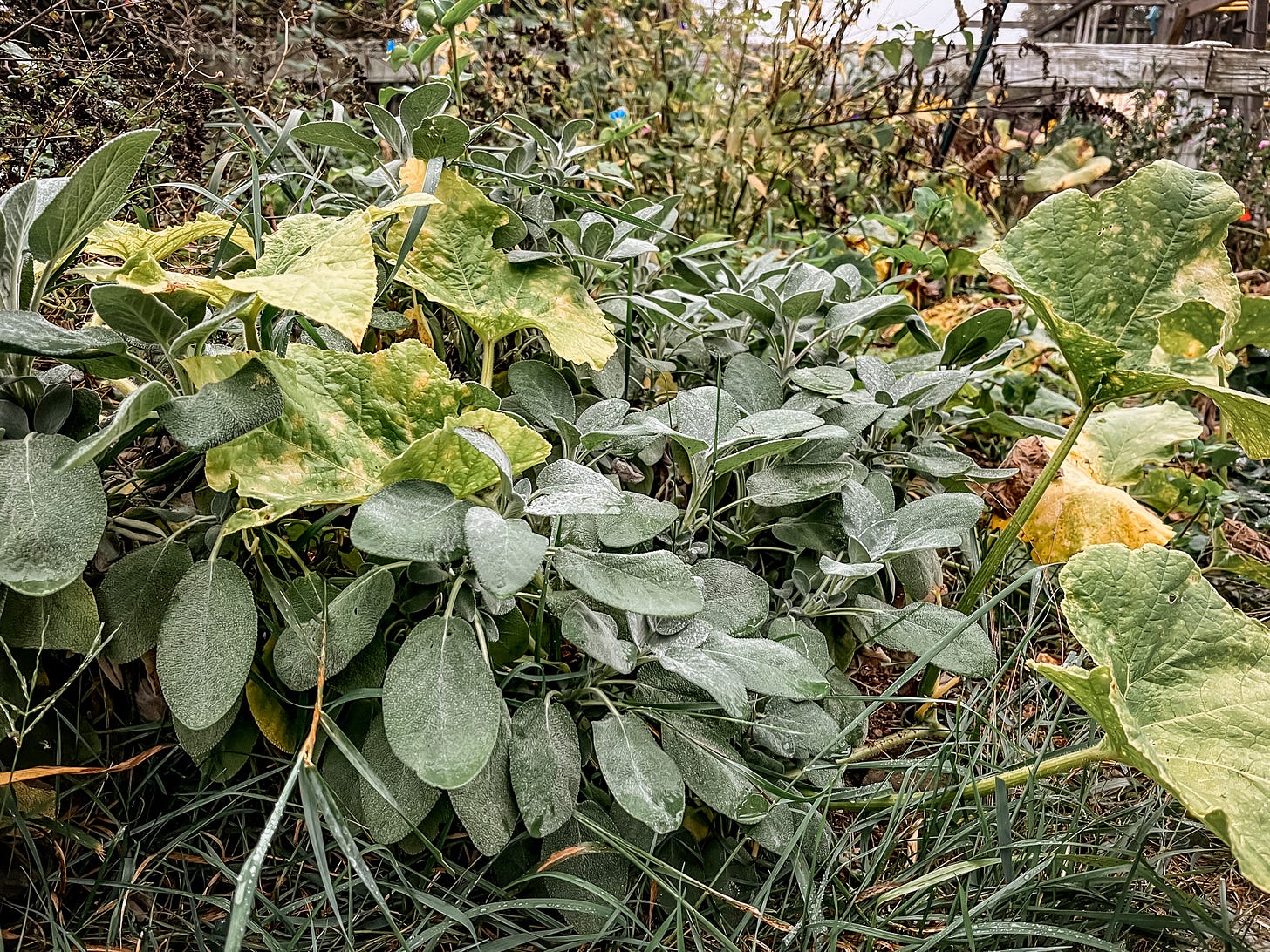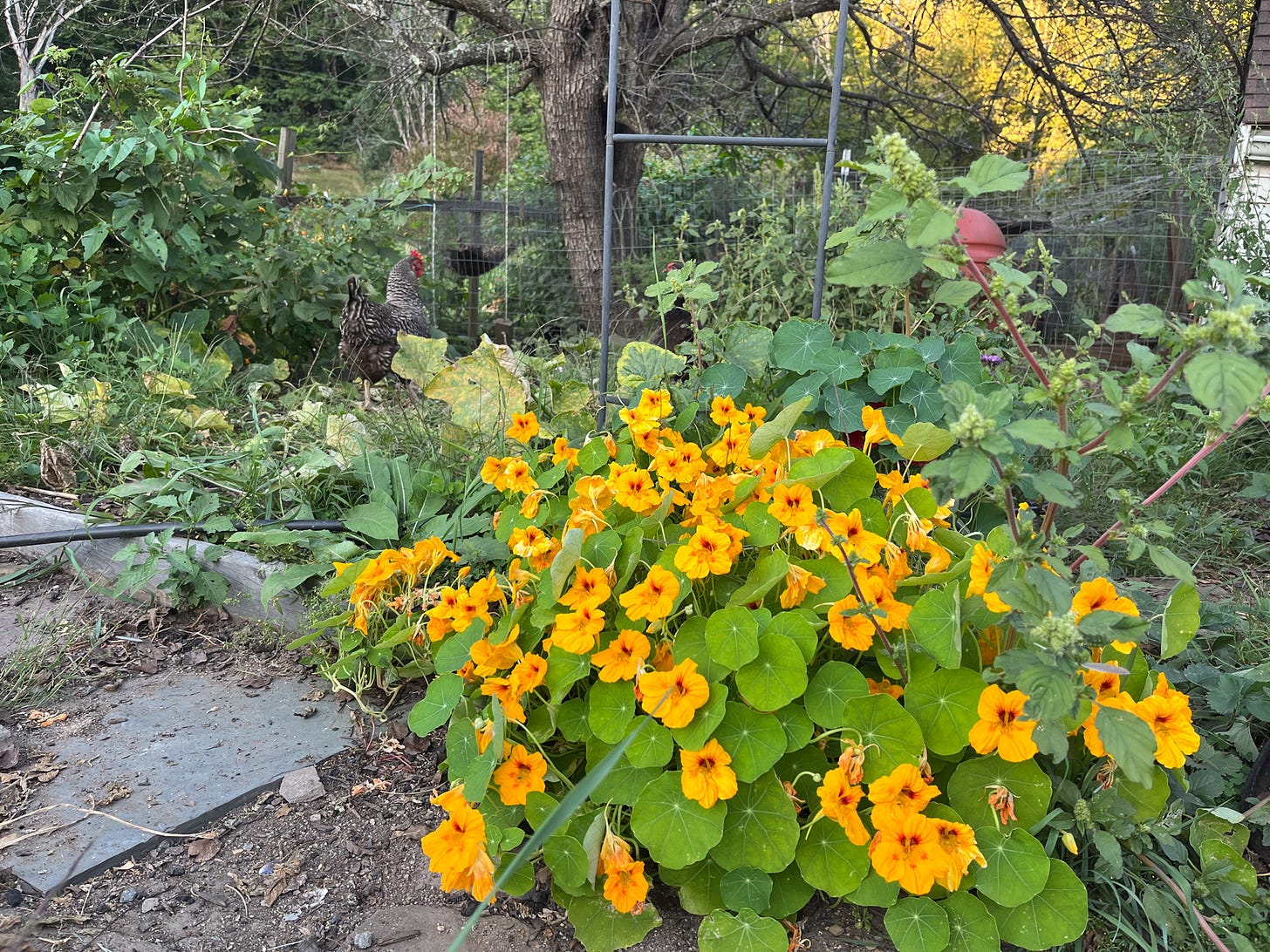How to Develop a 'Homesteading' Mindset
When you tell someone you homestead, you likely get a number of different reactions - everything from wow that’s amazing, to why in the world would you do that. But homesteading is much more than having a garden and raising backyard animals, it is truly a mindset. Today I want to share some thoughts on how to develop a homestead mindset.
Want to dive deeper into the homestead mindset? Check out these articles:
What is homesteading
Before we can dive into the homesteading mindset, it’s helpful to define homesteading and how I’m using the word. While the more traditional description of homesteading is getting a homestead on a large tract of land and growing your own food, modern homesteading is much more of a perspective or approach.
A modern homestead refers to a lifestyle focused on self-sufficiency, sustainability, and resourcefulness, often incorporating traditional homesteading practices into contemporary living environments. It typically involves growing food, raising animals, preserving food, producing energy, and making homemade products, but it adapts to various living situations—whether rural, suburban, or urban.
Under this description, it is possible to homestead in a city, on limited space or on 100 acres - it’s all about your own goals
Below are 5 steps for creating a homesteading mindset.
Step 1: Embrace a Growth Mindset
It’s important from the outset, that your homesteading mindset starts with a growth mindset. You will make mistakes, you will fail, and you will learn from these failures. The sooner you recognize that homesteading is a process, the better prepared you will be to face these failures.
Try adopting the mantra: ‘Start Small and Grow Steadily.” In addition to all the tasks new homesteader need to do, there are also a number of new skills homesteaders need to learn, this can easily become overwhelming.
Step 2: Prioritize Sustainability
Sustainability is at the heart of homesteading, both on a large societal scale as well as a smaller scale on your own homestead. Think carefully of how you will sustain your homestead - whether this is time, money, resources (like water) and energy.
Step 3: Self-Sufficiency is Key
One of the core principles of homesteading is the desire to take responsibility for providing more of what you need, rather than relying solely on outside sources. Homesteaders aim to produce their own food, create their own products, and even generate their own energy. This self-sufficient mindset encourages independence and a deeper connection to the resources you use daily.
For example, learning to bake your own bread not only provides fresh, nutritious food for your family, but also reduces reliance on store-bought items. Preserving your garden’s produce through canning, dehydrating, or fermenting helps you enjoy your harvest year-round and cuts down on food waste.
Step 4: Develop Skills & Learn Continuously
At its heart, homesteading is a group of skills you develop - both practically (like how to save seeds) as well as gaining new planning skills for canning and preserving.
Give yourself the time and resources to learn these new skills at a reasonable pace so you don’t burn yourself out and can build a community of other people. Consider joining a class, attending workshops or finding a local community of other people
Step 5: Practice Patience and Resourcefulness
Homesteading requires patience, especially when growing food or raising animals. Plants take time to grow, animals need care and attention, and not every project will succeed immediately. However, the process of nurturing these elements is deeply rewarding, teaching you the value of patience and perseverance.
Resourcefulness is also key to homesteading. Homesteaders learn to make do with what they have, whether it's repurposing materials for new projects or solving problems creatively. Instead of buying new, they might use reclaimed wood to build a garden bed or find new uses for old household items. This mindset not only reduces waste but fosters creativity and resilience in daily life.
A Homestead Mindset for Everyone
The homesteading mindset is not limited to those with sprawling farms or rural properties; it can be embraced by anyone, regardless of their living situation. Whether you live on an acre of land or in a small apartment, the principles of self-sufficiency and sustainability can be adapted to fit your environment.
For apartment dwellers, balcony gardening is a fantastic way to grow fresh herbs, vegetables, and flowers, even in limited space. Vertical gardening solutions, such as wall planters or hanging pots, maximize your gardening potential. If you don’t have outdoor space, consider indoor plants that not only beautify your home but can also provide edible produce, like microgreens or potted herbs.
Urban foraging is another excellent way to connect with your environment and gather free, nutritious resources. Look for local wild edibles, such as dandelion greens or foraged mushrooms, and learn about safe foraging practices in your area.
Additionally, composting kitchen scraps can be done in any setting, creating nutrient-rich soil for your plants while reducing waste. Even small actions like preserving food through canning or pickling can help you embrace the homesteading mindset, regardless of where you call home.
By adapting these practices to fit your lifestyle, you can cultivate a sense of self-sufficiency and sustainability no matter your living situation.
Happy Homesteading,
Gretchen






